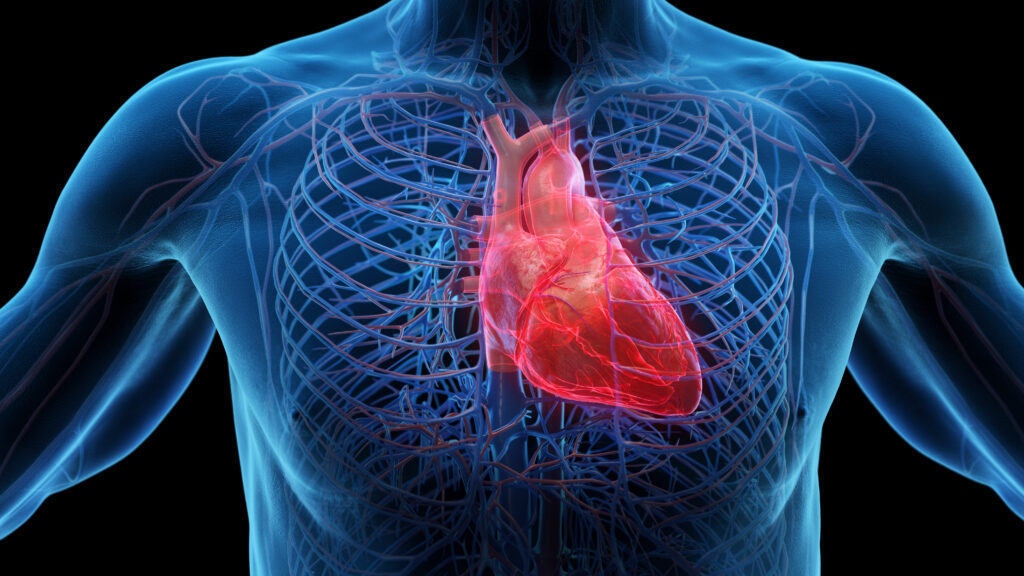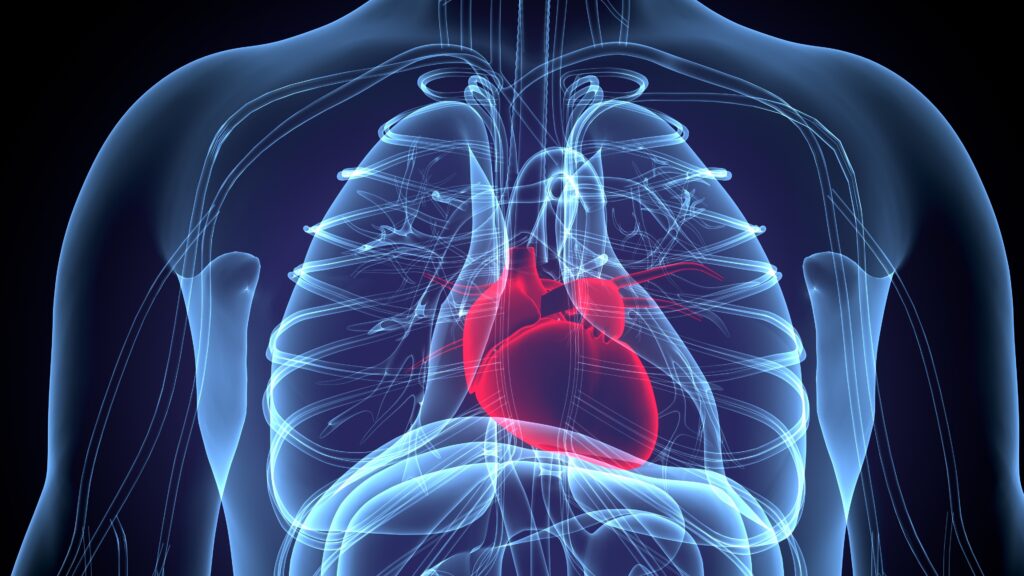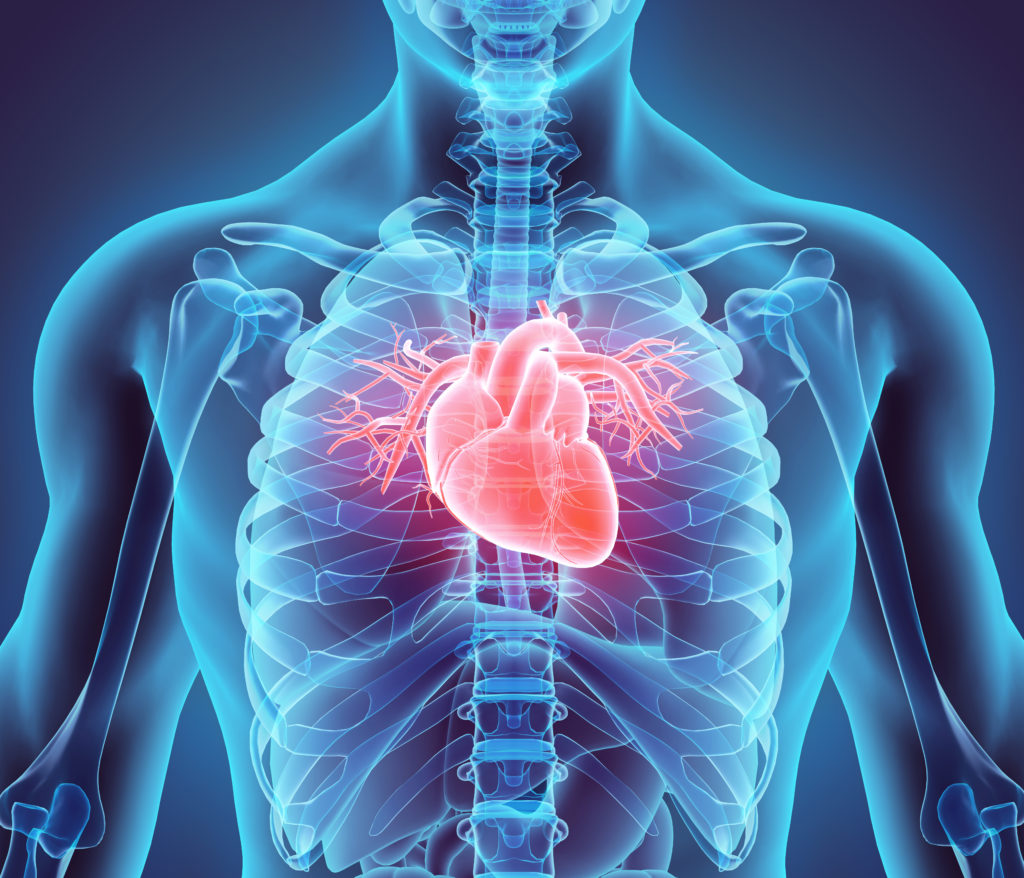Seasonal variation of daily physical activity in individuals with heart failure
Abstract
Overview
Background.
Previous studies indicate that seasonal variation affects daily physical activity (PA), but none have
investigated this relationship in individuals with heart failure (HF) who also have implanted cardioverter defibrillators and cardiac resynchronization therapy (ICD/CRT) devices. The purpose of the present study was to determine if seasonal variation in temperature affects daily PA in patients with HF and ICD/CRTs.
Patients and methods:
Secondary analysis of data from 16 subjects with HF and Medtronic® ICD/CRT devices
enrolled in a randomized trial investigating interventions to improve daily PA. Due to the rolling study enrollment, daily PA data for all subjects were not available for the entire time frame and were divided into two groups.
Determination of seasonal variation of daily PA was determined using visual analysis of daily PA plotted with
average temperature, autocorrelation, visual analysis of seasonal subseries plots and boxplot analysis, as well as
Wilcoxon signed-rank tests.
Results.
Subjects 1-8 demonstrated the greatest differences in daily PA during periods of seasonal transition
whereas subjects 9-16 demonstrated the greatest variation in daily PA with greatest seasonal temperature
difference. Wilcoxon signed-rank testing of the lowest and highest months for daily PA revealed median differences of 0.30 (p = 0.050) and 0.36 hours (p = 0.036) for subjects 1-8 and 9-16, with effect sizes of 0.69 and
0.74, respectively.
Conclusions.
Seasonal variation in mean temperature appears to affect daily PA in individuals with HF and ICD/CRT devices by a magnitude of 0.30-0.36 hours, which may need to be accounted for in future research investigating interventions to improve daily PA.
Keywords
Cardiac resynchronization therapy, Daily physical activity, Heart failure, Implanted cardioverter defibrillator
Article Information
Disclosure
Financial support: This study was funded by the Medtronic Cardiac
Rhythm and Heart Failure External Research Program. All decisions
related to study design, data collection, analysis, interpretation, and
manuscript preparation were that of the authors. Medtronic review
of the manuscript was strictly related to accurate representation/
description of Medtronic products.
Correspondence
Michael J. Shoemaker 301 Michigan NE Grand Rapids 49503 Michigan, USA shoemami@gvsu.edu
Acknowledgements
The authors thank the Spectrum Health Heart and Lung Specialized
Care Clinic and the Spectrum Health Cardiac Device Clinic.
Further Resources

Trending Topic
Welcome to this issue of Heart International. As ever, we aim to provide our readers with the latest developments, insights, and evidence-based discussions in cardiovascular care. This edition is particularly poignant, as we begin with a heartfelt tribute to an influential figure in interventional cardiology and a cherished member of our editorial board, Dr Richard […]
Related Content in Interventional Cardiology

Forty-seven years ago, Andreas Gruentzig introduced ‘percutaneous transluminal coronary angioplasty’ (PTCA) as a new approach to treating symptomatic occlusive coronary artery disease.1 The mechanism of balloon angioplasty (BA) formed the foundation around which newer equipment and technologies were developed, including ...

Tricuspid regurgitation (TR) is a frequent finding on echocardiography, with detection rates reaching up to 86% across the different ranges of severity, with moderate or greater TR being reported in at least 6–8% of patients.1–3 The prevalence of TR increases with age, ...

Cardiovascular diseases are the most common cause of mortality and morbidity in adults worldwide.1 Coronary angiography (CAG) is the gold standard method for evaluating atherosclerotic coronary artery disease (CAD).2 It is conventionally performed via the trans-femoral (TF) route. Recently, however, ...

We are sorry to announce the death of one of our valued editorial board members, Dr Richard Heuser (November 17, 1950–May 23, 2024). Richard R Heuser, MD, FACC, FACP, FESC, MSCAI, was an internationally recognized cardiologist, inventor, educator and author, and was a ...

Welcome to the summer issue of Heart International. We are excited to present a collection of insightful articles that delve into various aspects of cardiovascular health and related interventions. This issue encompasses a wide array of topics, from novel treatment ...

Clinically relevant tricuspid regurgitation (TR) is a common disorder, affecting approximately 4% of people 75 years of age or older.1 If left untreated, severe TR results in volume overload and right ventricular remodelling. This eventually leads to symptomatic right-sided heart failure, along ...

In this issue of Heart International, we are delighted to present a collection of insightful articles that encompass a wide spectrum of topics within the field of cardiovascular medicine. As we navigate the landscape of cardiovascular disease, heart failure, preventative ...

For decades, right ventricular pacing (RVP) has been the leading pacing technique and has been proven to be effective in treating patients with symptomatic bradycardia. However, dyssynchrony caused by non-physiological ventricular activation results in pacing-induced cardiomyopathy occurs in approximately 15% of ...

Welcome to the latest issue of Heart International. This edition includes a range of articles on topics showcasing the latest advances in our understanding and treatment of cardiovascular disease. We begin with focus on the hereditary cardiac disorder, hypertrophic cardiomyopathy, ...

A significant proportion of patients with atrial fibrillation (AF) who have a high stroke risk are currently being treated with oral anticoagulation (OAC), including direct oral anticoagulants (DOACs) and vitamin K inhibitors (VKAs).1 It is well known that the increased ...

The American Diabetes Association (ADA) defines prediabetes as glycated haemoglobin (HbA1c) 5.7–6.4% or fasting plasma glucose (FPG) 100–125 mg/dL or 5.6–6.9 mmol/L.1 Patients with prediabetes have up to a 70% chance of developing diabetes and a two-fold higher risk of cardiovascular ...

Mitral valve (MV) disease includes either mitral regurgitation or mitral stenosis or both. The incidence and prevalence of valvular heart disease is increasing with the increasing population age. Degenerative MV disease poses a global burden with a prevalence of 18.1 million ...
Latest articles videos and clinical updates - straight to your inbox
Log into your Touch Account
Earn and track your CME credits on the go, save articles for later, and follow the latest congress coverage.
Register now for FREE Access
Register for free to hear about the latest expert-led education, peer-reviewed articles, conference highlights, and innovative CME activities.
Sign up with an Email
Or use a Social Account.
This Functionality is for
Members Only
Explore the latest in medical education and stay current in your field. Create a free account to track your learning.

